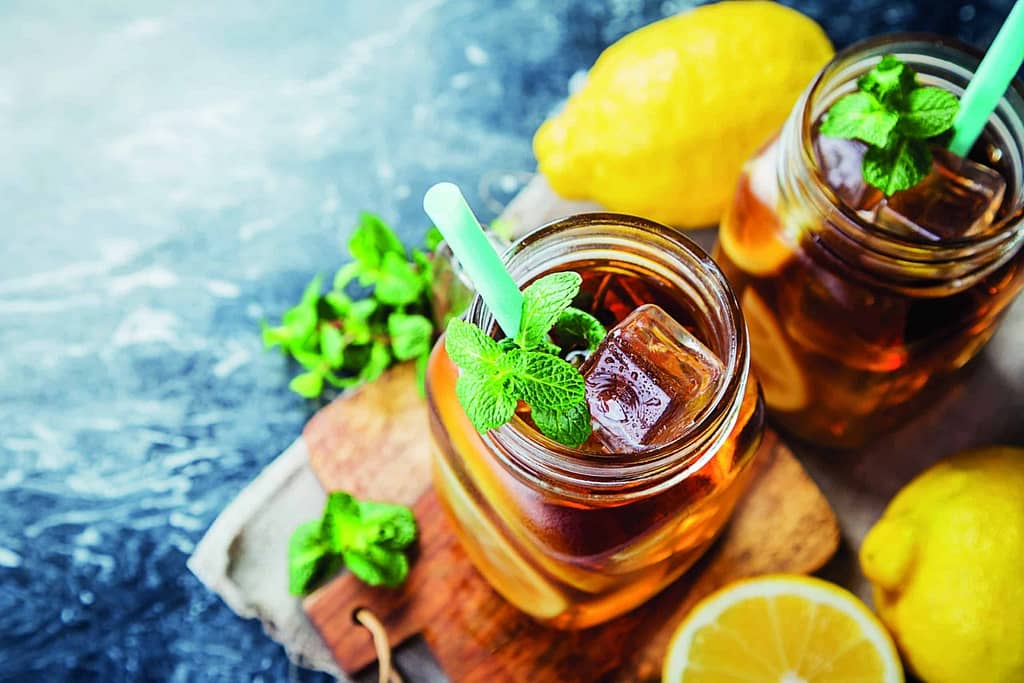Flavourtech talks to Global Coffee Report about the continued growth of the Ready-to-Drink sector, and the future of flavour.
The desire for convenience and simplicity is growing in the beverage market for both manufacturers and consumers alike according to Flavourtech Global Sales Manager Paul Ahn.
Ready to Drink (RTD) beverages have become a popular solution since their creation, and Ahn is confident their presence on market shelves is only set to continue.
“What we’re seeing worldwide is that RTD sales are still growing at a significant rate,” he says. “This is mainly due to the younger generations since they are looking for something convenient, but the convenience also has to be natural and healthy.”
Ahn says the rising popularity is also a result of younger generations moving away from fizzy beverages and more towards clean label products and healthy alternatives, many of which are RTD-produced.
“I’m glad that the younger generation is driving this so that we can get more natural products into the RTD space. Kudos to them for making this happen,” says Ahn.
Ahn says the increase of diversity among coffee flavourings has also played a role in RTD’s expansion. He says it was not long ago when coffee lovers were limited with their flavour options.
“In the tea market, we’ve seen fruit flavours come through for years, but now were seeing it in the coffee market as well,” he says.
In response to customer feedback, Flavourtech, a global technology manufacturer specialising in aroma recovery, extraction and evaporation solutions, has worked towards incorporating more automation into its systems.
“We implement safety and automation efforts so people working on the line are producing the best quality product in a consistent manner,” Ahn says.
This level of innovation can be seen with the Integrated Extraction System (IES), which Ahn says helps develop the richest, natural flavours.
“The IES is designed for the coffee and tea industry in the aim of producing the highest quality RTD beverage, full of the natural aroma from the raw material itself, the roasted coffee beans or tea leaves,” Ahn says.
“Before the IES, these natural, desirable aromas were typically lost or damaged through processes that were not designed to capture or maintain them. The result, as you can guess, is a RTD coffee or tea extract lacking flavour.”
Ahn says the system is a culmination of previous advancements in the flavour extraction field.
“Back in early 2000, one of our customers asked us for an automated, continuous and inline process that would allow a transfer of the desirable notes of the roasted beans from the raw material to the final extract,” says Ahn.
“Rather than forklift tanks around its factory which risked product inconsistency, the IES was a great leap forward for this particular customer. It brought together the technologies necessary, such as the Slurry Preparation module, the Spinning Cone Column (SCC) and the Centritherm evaporator, combining all from the very start of the process to the end for a premium RTD extract full of natural aroma.”
Ahn says the result is product with more flavour and antioxidants, ensuring manufacturers have the upper hand over their competitors.
The success of the IES has allowed Flavourtech to develop alternate machines to better accommodate the specific needs of customers. One such example is a smaller version of the SCC.
“Going smaller can be a challenge for engineers,” Ahn says. “We’ve made changes by listening to our customers and what they want, so we built a smaller unit called the SCC100, which allows smaller runs to happen.
“Many of our customers worldwide have large production facilities producing large volumes of RTD consumed all around the globe. But we also see smaller, specialised customers who want to enter the market, and having a smaller system allows them to do that.”
Flavourtech released the Spinning Cone Column SCC100 in 2021. Ahn says the smaller design gives the RTD producer the ability to capture aroma from coffee or tea extract, and coming soon, from the slurry itself, or what Flavourtech describes as “a slurry capable SCC”.
“The engineers did a great job in redesigning the whole system from the ground up,” Ahn says.
“The slurry capable SCC used in the IES performs two tasks simultaneously. The first is what we call the aroma strip, where the volatile coffee or tea notes are captured and stored. The second is the brewing of the coffee or tea in 30 seconds as the slurry flows through the SCC. The spinning cones are the key here. They perform the aroma capture and extraction in this short time while producing a high quality extract.”
Both the IES and the SCC have taken lessons learned from flavour extraction systems used for other beverages in the tea and coffee industry.
“For example, you may have citrus or berry notes in the roasted coffee beans and tea leaves, but when they go through the extraction process, these delicate notes are either lost or damaged,” Ahn says.
“The IES process, on the other hand, captures these desirable notes upfront through the SCC, and at the same time, undergoes extraction to produce a premium coffee or tea extract.”
Flavourtech also remain committed to helping the environment, with sustainability a key feature of its SCC systems, which are used to minimise waste and recycle products for the benefit of the environment.
Together with its sustainable objectives, Ahn says Flavourtech has plenty of RTD-based projects on the go as part of its mission to upholding and capturing flavour.
“It’s all about providing a means to keep everything natural,” Ahn says. GCR
For more information, visit www.flavourtech.com
This article was first published in the September/October 2023 edition of Global Coffee Report. Read more HERE.
The post Flavourtech’s solutions for the ready-to-drink market. appeared first on Global Coffee Report.


